On March 9, 2024, the Miss World 2023 pageant was held to choose a beauty queen once again. The crown went to Krystyna Pyszková of the Czech Republic. To honor this event, we decided to take a look at the history of the contest and find out how the jury’s approach to assessing women’s beauty has changed over the decades.
1950s: it all started with a scandal.

Kiki Håkansson (Sweden), Miss World 1951
In 1951, as part of the Festival of Britain, the Festival Bikini Contest was held, which journalists later named Miss World. This event became a scandal because in those days a bikini was considered indecent.
Swedish beauty Kikki Håkansson became the winner of this first pageant. And to this day, she remains the only winner to have received her crown while wearing a bikini. Later, the finalists would wear a one-piece swimsuit or evening gown to the awards ceremony.

Denise Perrier (France), Miss World 1953, and Marita Lindahl (Finland), Miss World 1957
Despite the 1951 bikini scandal, the contest founder Eric Morley was pleased with the public attention and decided to hold the pageant annually. His requirements for potential participants were as follows: single women without children aged 17 to 27.
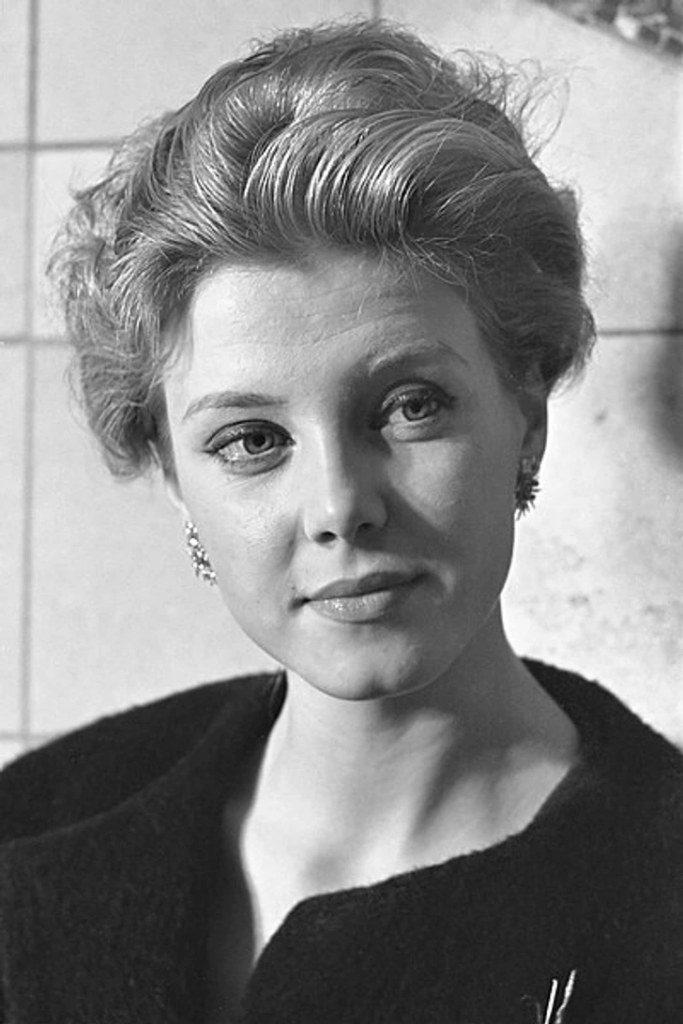
Corine Rottschäfer (Netherlands), Miss World 1959
In 1959, a major British television channel agreed to broadcast the pageant, thus making it even more popular. Corine Rottschäfer found herself in a delicate situation before the awarding ceremony when she discovered that her evening gown had holes in it. Another contestant lent Corine the dress and eventually finished third, while Corine became the winner.
1960s: Miss World is gaining momentum.

Katharina Lodders (Netherlands), Miss World 1962
In the 1960s, the Miss World pageant became one of the most watched television shows. The cash prize for the winner was increased from £500 to £2,500. In 1961, the requirements for contestants were also changed: the upper age limit was now 25 years old.
Katharina Lodders, who was crowned in 1962, addressed these criteria in her own way. On collecting the award, she said out loud, «I don’t think I’m the most beautiful girl in the world — I am the most beautiful girl here.»

Ann Sidney (Great Britain), Miss World 1964
In 1964, the winner was Ann Sidney, who later made a career in the movie industry. By the way, Morley introduced a new rule that same year: he forbade the mothers of contestants to accompany their daughters. The reason why was because the mother of one of the girls caused a lot of inconvenience to the organizers, getting involved in their work.
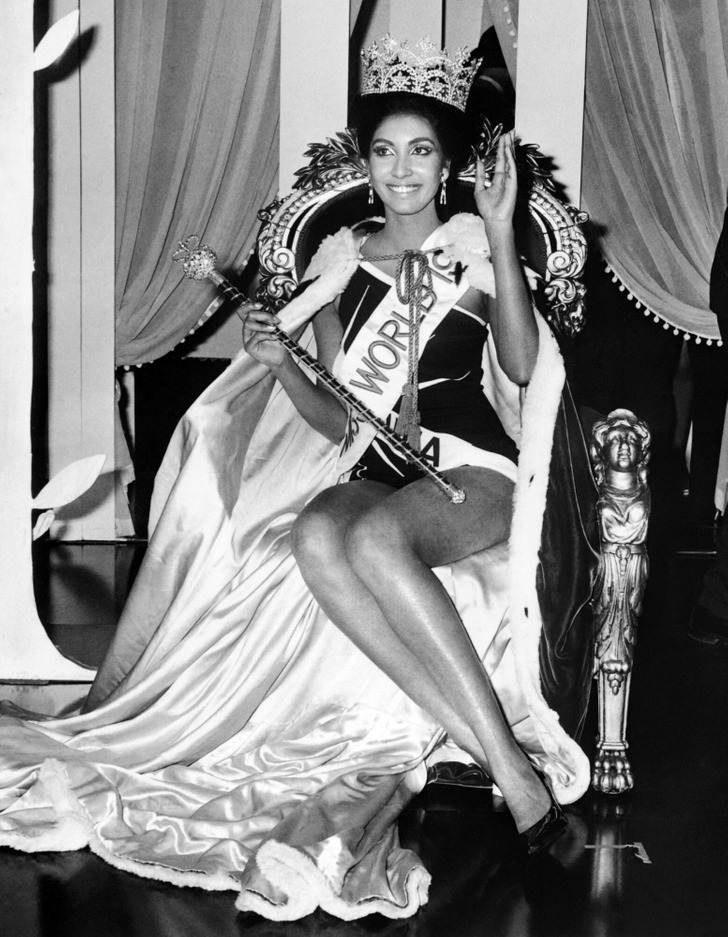
Reita Faria (India), Miss World 1966
In the late 1960s, the contest became even bigger. In 1966, Morley sent invitations to more than 70 countries, 66 of which were happy to respond. And in 1968, for the first time in the history of the event, a married girl was allowed to participate. In the 1970s, however, a strict criterion for the marital status of contestants was reintroduced: single only, period.
1970s: feminists change the essence of the pageant.
Jennifer Hosten (Grenada), Miss World 1970
The beginning of the decade was marked by a new scandal. In 1970, a week before the pageant, British feminists claimed that Miss World objectified women and threatened to interrupt the show. And they did it. When the event was in full swing, some female guests rose from their seats and began to blow whistles, jingle rattles and shout slogans. Later, the movie Misbehaviour starring Keira Knightley was based on these events.
In 1970, Jennifer Hosten won the crown. She became the first black woman to win it.
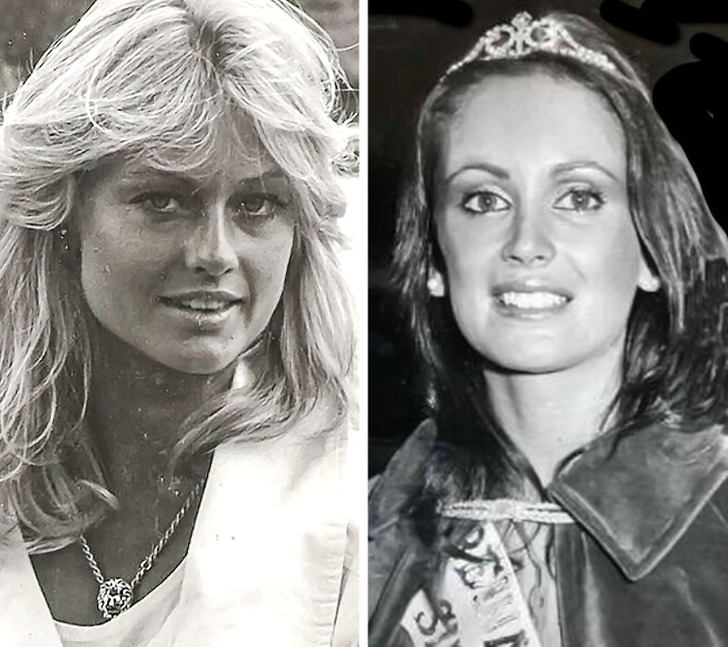
Marie Stävin (Sweden), Miss World 1977, and Silvana Suárez (Argentina), Miss World 1978
The conflict with feminists forced the organizers to think about the message the pageant was sending to the world. And in 1972, Eric Morley and his wife announced that the event would now be held under the slogan «Beauty With a Purpose.» The contestants were also required to present their charity projects to the jury.
1980s: «Beauty With a Purpose»
Mariasela Álvarez (Dominican Republic), Miss World 1982
In the 1980s, the slogan «Beauty With a Purpose» got another meaning: new tests of intelligence and personality were added to the contest program. In the eyes of the judges, the contestants’ personal qualities became as important as their looks.
Giselle Laronde (Trinidad and Tobago), Miss World 1986
In the second half of the decade, the contest became criticized again. The public in different countries didn’t like the fact that girls were judged only by representatives of Western countries. And in 1986, Morley decided to hold the preliminaries of the contest in Macau and give the Eastern judges the opportunity to select the contestants. The winner that year was Giselle Laronde from Trinidad and Tobago. This was the first time a representative of this country won the crown.
Ulla Weigerstorfer (Austria), Miss World 1987
And in 1987, the organizers ignored their own rule that allowed to participate girls aged only 17 to 25 and let a 26-year-old beauty to compete for the crown. Later, the upper age limit would be made 27 again.
1990s: crisis
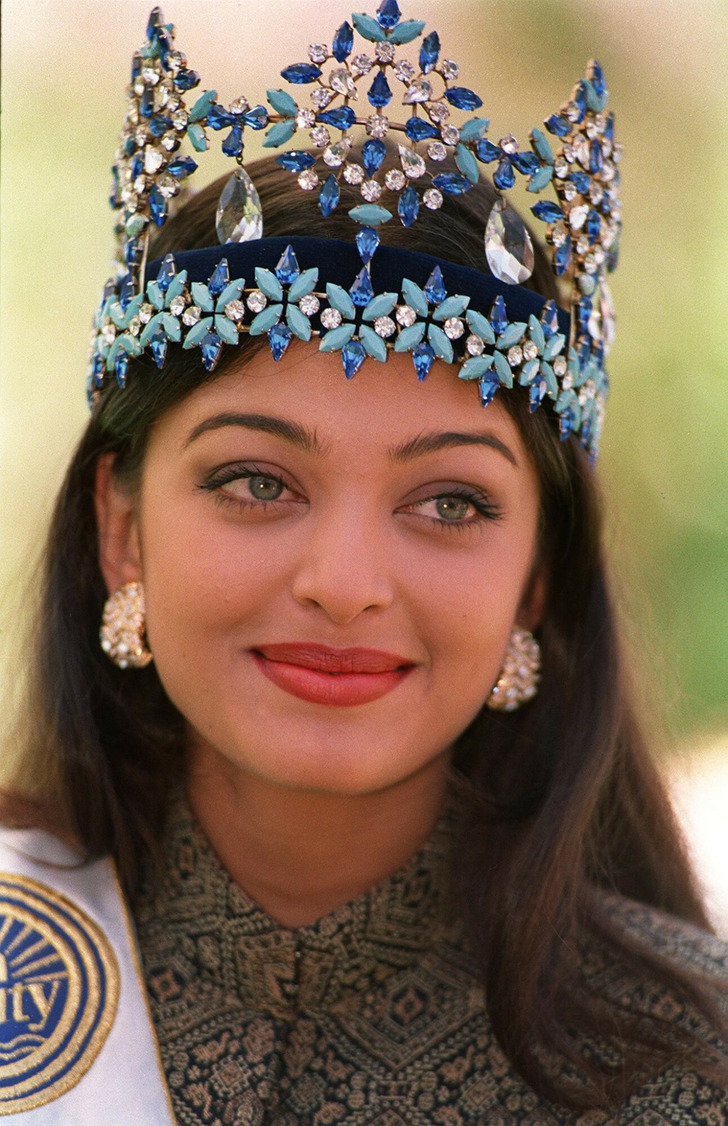
Aishwarya Rai (India), Miss World 1994
In the early 1990s, the popularity of the contest began to decline, and major TV channels stopped broadcasting it. But Morley wasn’t going to give up and managed to find ways to organize the contest at a lower cost.
Yukta Mookhey (India), Miss World 1999
In the second half of the decade, the organizers decided to gather a jury of representatives of different professions from all over the world in order to increase the interest of the audience. So, now beauties were judged by actors and actresses, athletes, magazine editors, and top models from different countries.
2000s: a woman takes the reins.
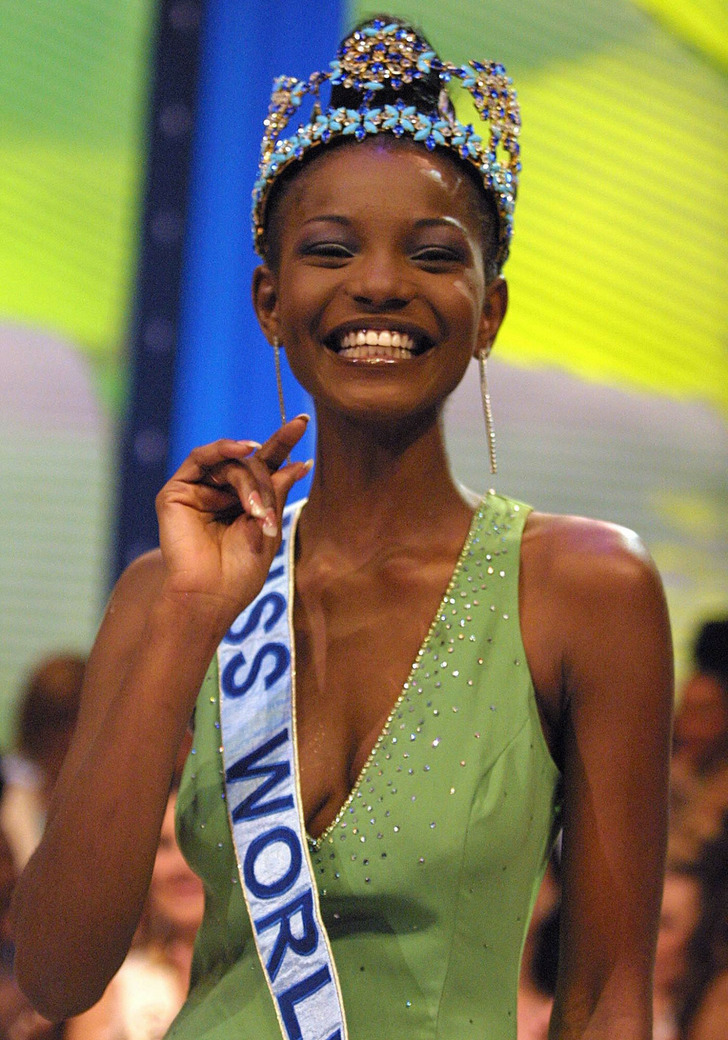
Agbani Darego (Nigeria), Miss World 2001
In 2000, Eric Morley passed away, so his wife Julia took on her husband’s work and decided to make some adjustments. For example, she called the pageant «stupid and horrible» and promised to make it «more positive» for women. She condemned the part of the show where girls had to first parade around in swimsuits and then give interviews about their life ambitions. «Not because I thought there was something wrong, horrible, and unnatural about swimsuits, but I thought you generally don’t feel comfortable if someone is interviewing you in a tux, and you are in a bathing suit,» Julia said.
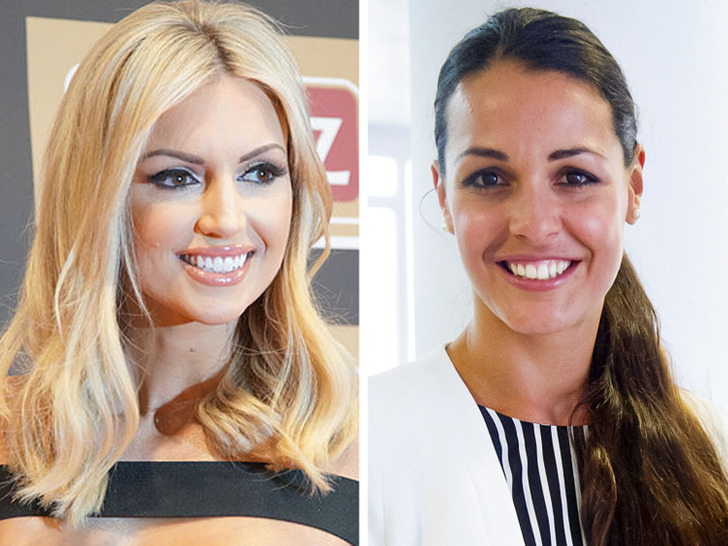
Rosanna Davison (Ireland), Miss World 2003, and Kaiane Aldorino (Gibraltar), Miss World 2009
In 2004, Julia Morley surpassed her spouse by managing to gather a then record number of participating countries — 107 girls took part in the competition.
2010s: no swimsuits

Megan Young (Philippines), Miss World 2013
In 2013, the contestants traveled to Bali. It was the first time the event was held in Southeast Asia. Also, for the first time in the history of the contest, a girl from the Philippines, Megan Young, won the crown.
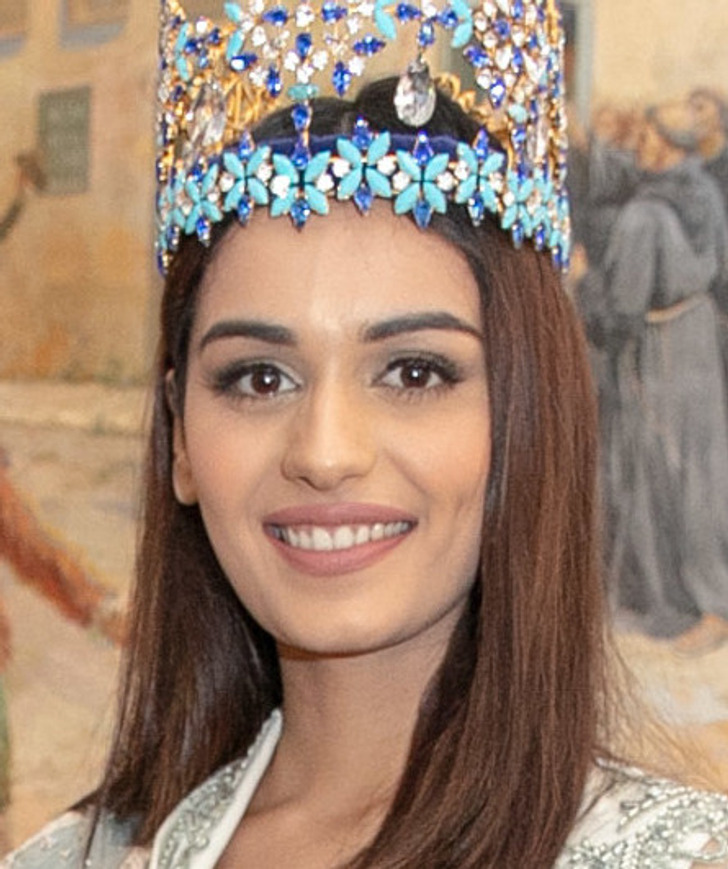
Manushi Chhillar (India), Miss World 2017
Julia Morley, who had previously voiced her discontent with overly revealing costumes of contestants,
decided to remove the swimsuit competition from the pageant in 2015. She said, «We are really not looking at her bottom. We are really listening to her speak.»
2020s: what’s next?
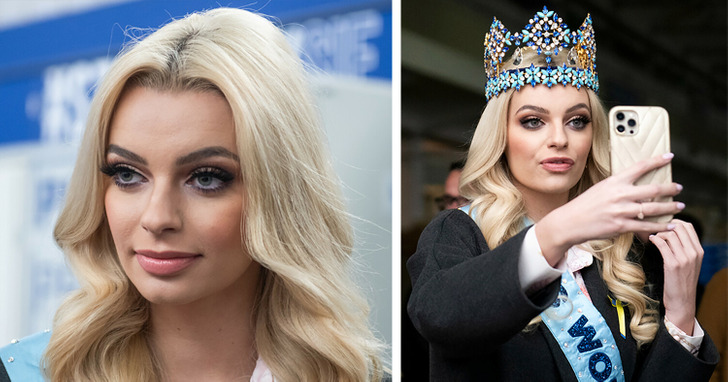
Karolina Bielawska (Poland), Miss World 2021
The first event of the new decade wasn’t really big. In 2022, the number of countries participating in the contest was the smallest since 2003 — only 97. The winner was Karolina Bielawska from Poland. Next time, the Miss World jury gathered in 2024 and crowned Krystyna Pyszková from the Czech Republic.
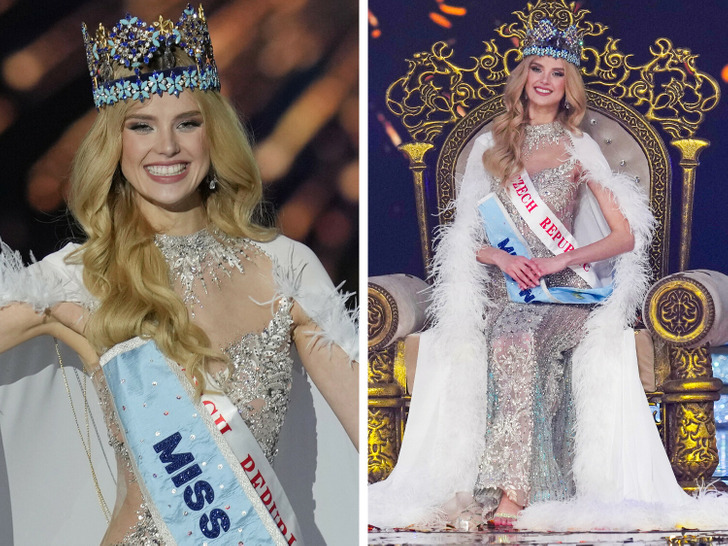
Krystyna Pyszková (Czech Republic), Miss World 2023
Since modern trends criticize various beauty standards, there is a possibility that the Miss World organizers will choose to stop using any selection criteria for future contestants, following the example of Miss Universe. In 2023, the latter removed the upper age limit for contestants. And since Julia Morley suggests that it is personality that should be evaluated, we are sure that changes in the contest are not long to wait.
Speaking about Miss Universe. Here’s what 16 Miss Universe winners look like now.
Preview photo credit Harry Pot / Nationaal Archief / Wikimedia Commons, CC BY-SA 3.0 NL DEED, Historia de la belleza / Wikimedia Commons, EAST NEWS, Rajanish Kakade / Associated Press / East News
My Daughter’s MIL Called Me a Beggar and Kicked Me Out of My Granddaughter’s Birthday Party – Story of the Day

I spent the little I had just to see my granddaughter smile on her birthday. But before she even saw me, her other grandma called me a beggar and wanted to have me thrown out, like I didn’t matter at all.
Five years.
That’s how long I had been living in silence…
Silence after Linda, my wife.
Silence after Emily, our daughter.
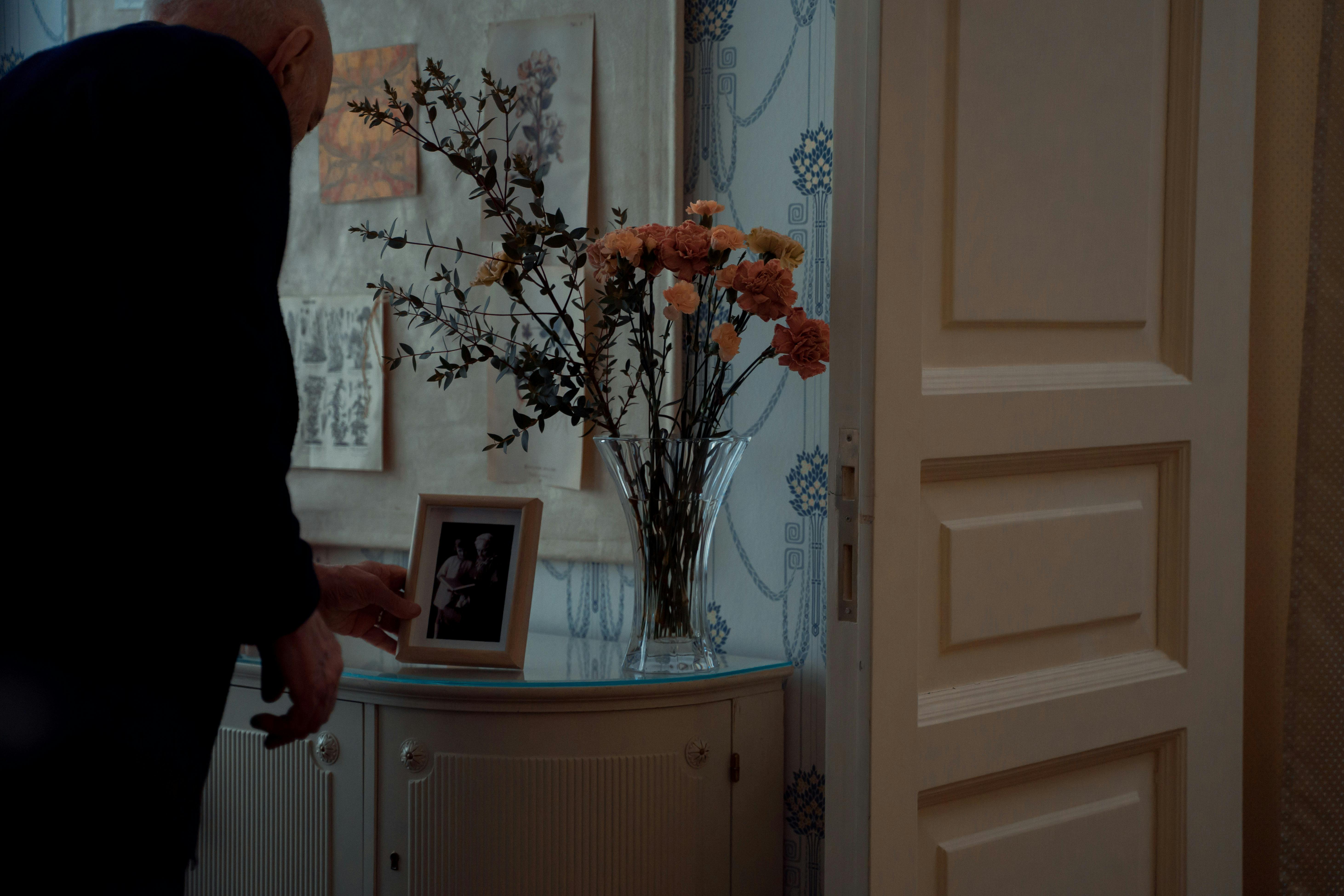
For illustration purposes only | Source: Pexels
Every morning, I woke up more from habit than will. I opened the kitchen window, breathed in the cold air, and sat at the same table, watching the same patch of light crawl across the wall.
When it reached the shelf with the teacups, I knew morning had come.
And that I was still alone.

For illustration purposes only | Source: Midjourney
It had started that winter. Linda had fallen ill. She was shivering, coughing, and barely eating.
“I’ll call an ambulance,” I told her that evening. “We’re not playing games here, honey.”
“Oh, Frank, come on,” she waved her hand from under the blanket. “We can’t afford another medical bill. I’ll drive to the pharmacy myself. It’s five minutes.”
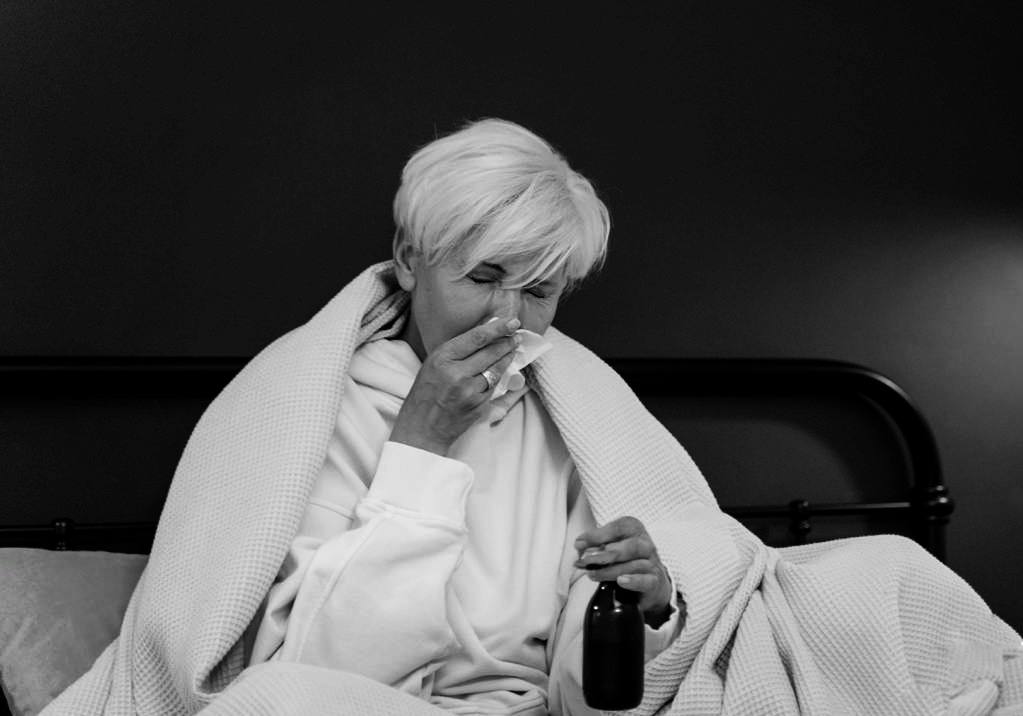
For illustration purposes only | Source: Pexels
“Linda, please,” I begged. “Don’t go. I’ll go. Or we’ll call a taxi.”
“I’m not a child. Just give me the keys, okay?”
I stood in the hallway holding her purse, watching her pull on her coat. For a moment, I thought of stopping her. But I didn’t.

For illustration purposes only | Source: Pexels
She smiled.
“I’ll be back soon. Put the kettle on.”
I did.
But she never came back.
Her car slid off the road on black ice. A truck didn’t stop in time.

For illustration purposes only | Source: Pexels
At the funeral, I held myself together until Emily approached. I tried to explain.
“Sweetheart… it was an accident. I tried to stop her.”
She didn’t meet my eyes.
“You should’ve tried harder. If you’d just once stood your ground… And now she’s dead. Because you let her leave.”

For illustration purposes only | Source: Pexels
I wanted to speak, to explain, to shout…. But the words never left my throat. So, that was the last time we spoke.
Since then — nothing.
I called every few months. Sent little notes. Photos from the past — her first bike ride, Christmas by the fireplace.

For illustration purposes only | Source: Pexels
Sometimes I left voicemails like:
“Hi, Emily. It’s Dad. Just wanted to hear your voice.”
But the silence remained. No replies. Not even a card for Christmas.
I learned how to live cheaply. Slept in my coat in winter when the radiator barely worked. Lived on tea and dry toast.

For illustration purposes only | Source: Midjourney
My pension wasn’t much, but I saved every spare penny. I stashed it in an old biscuit tin in the wardrobe, under my folded shirts.
It was my safety net. For when I got too sick to care for myself. For the time when no one would be around to help me. I never touched that money. Not for food, not even when my shoes had holes in them.
Better to freeze now than beg later.
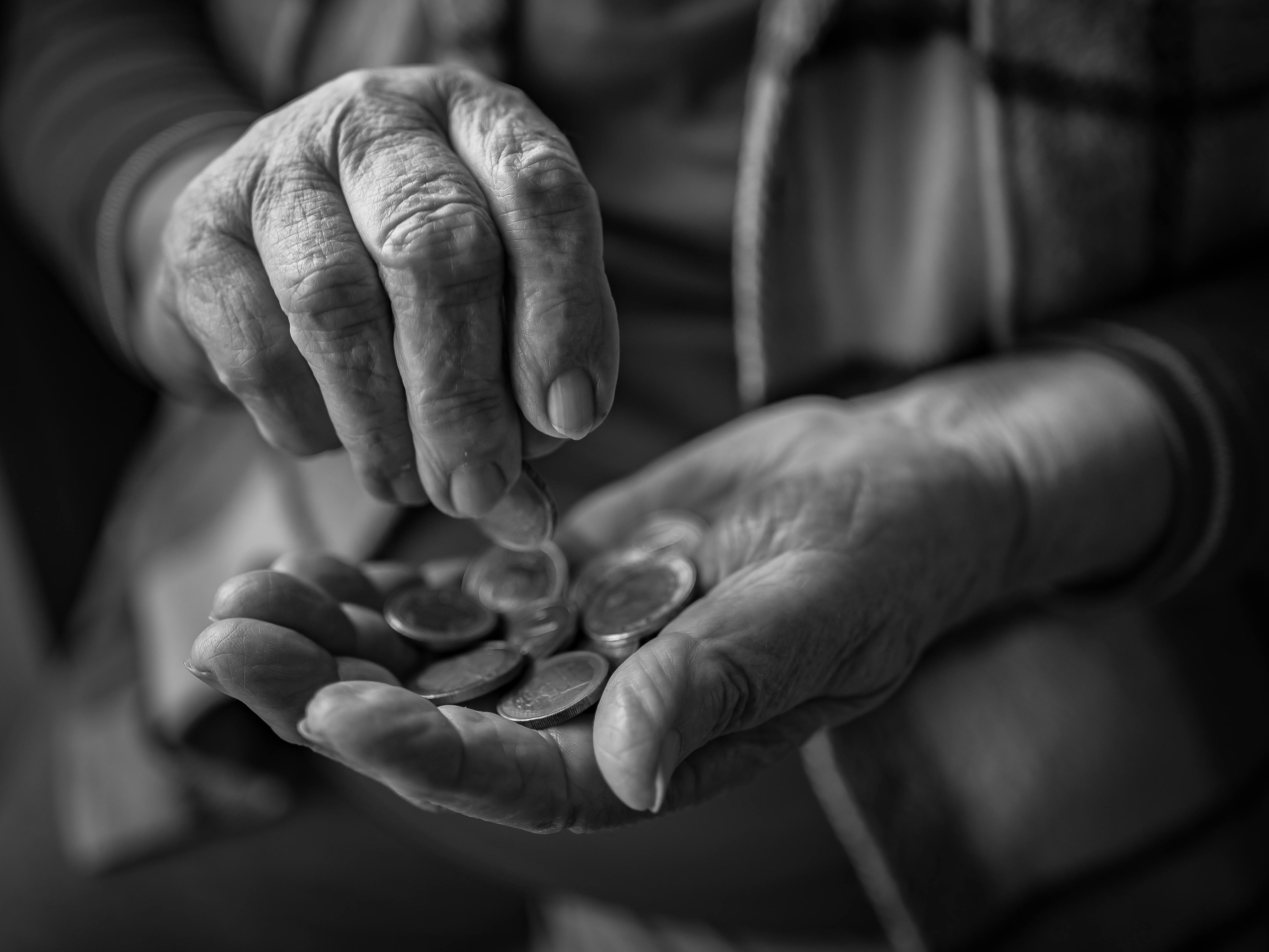
For illustration purposes only | Source: Pexels
One morning, I stared at the latest electric bill. The numbers blurred in front of me.
“That’s it. I’ve had enough.”
On the grocery store bulletin board, I noticed a handwritten note:
“Looking for a part-time janitor at Little Pines Preschool. Morning shift.”

For illustration purposes only | Source: Midjourney
I stood in front of it for a long time. Eventually, I pulled off the tab with the number and slipped it into my coat pocket.
I thought I was just taking a job. I had no idea I was about to find the one thing I never dared hope for.
***
I started working at the preschool the following week.
I woke up at dawn, drank strong coffee, pulled on my old brown sweater, and stepped out into the still-dark morning.

For illustration purposes only | Source: Midjourney
Where there had once been silence, finally there was laughter. Tiny faces, bright jackets, and backpacks tangled with dinosaurs and mermaids.
I didn’t feel like an outsider. Quite the opposite.
“Good morning, Frank!”
The kids always shouted the moment I opened the gate.

For illustration purposes only | Source: Midjourney
I became part of their morning ritual. They waved at me with mittened hands, brought me leaves and chestnuts, they insisted we “absolutely must plant.”
But one little girl stood out from the rest from the very beginning.
“Are you a real shovel master?” she asked seriously on my first day, as I raked up wet leaves near the playground slide.

For illustration purposes only | Source: Midjourney
“Well, depends on how you look at it,” I said, scratching the back of my head. “I don’t have a diploma, but I’ve got years of experience.”
She laughed — a big, honest laugh, without fear of the new stranger.
“I’m Sophie. And I’m the boss of the Yellow Bunnies group.”

For illustration purposes only | Source: Midjourney
I smiled.
“Very pleased to meet you, Miss Bunny. My name is Frank.”
After that, Sophie was always nearby.
If I fixed a fence, she held the nails. If I swept the yard, she wiped the benches with a cloth. She was like a small sun — endlessly curious, a little bold, not like the other kids.

For illustration purposes only | Source: Midjourney
“Do you have a dog?”
“Were you ever a famous singer?”
“Have you ever flown to the moon?”
I answered every question as if it were the most important thing in the world. Sophie nodded seriously, as if filing that information away for later.

For illustration purposes only | Source: Pexels
One afternoon, as we sat together on a bench, she pulled a pendant out from under her sweater. Small, round, silver. Delicate engravings around the edge.
My breath caught.
“What a beautiful necklace. Who gave it to you?”
“My Mom! And she got it from my grandma.”
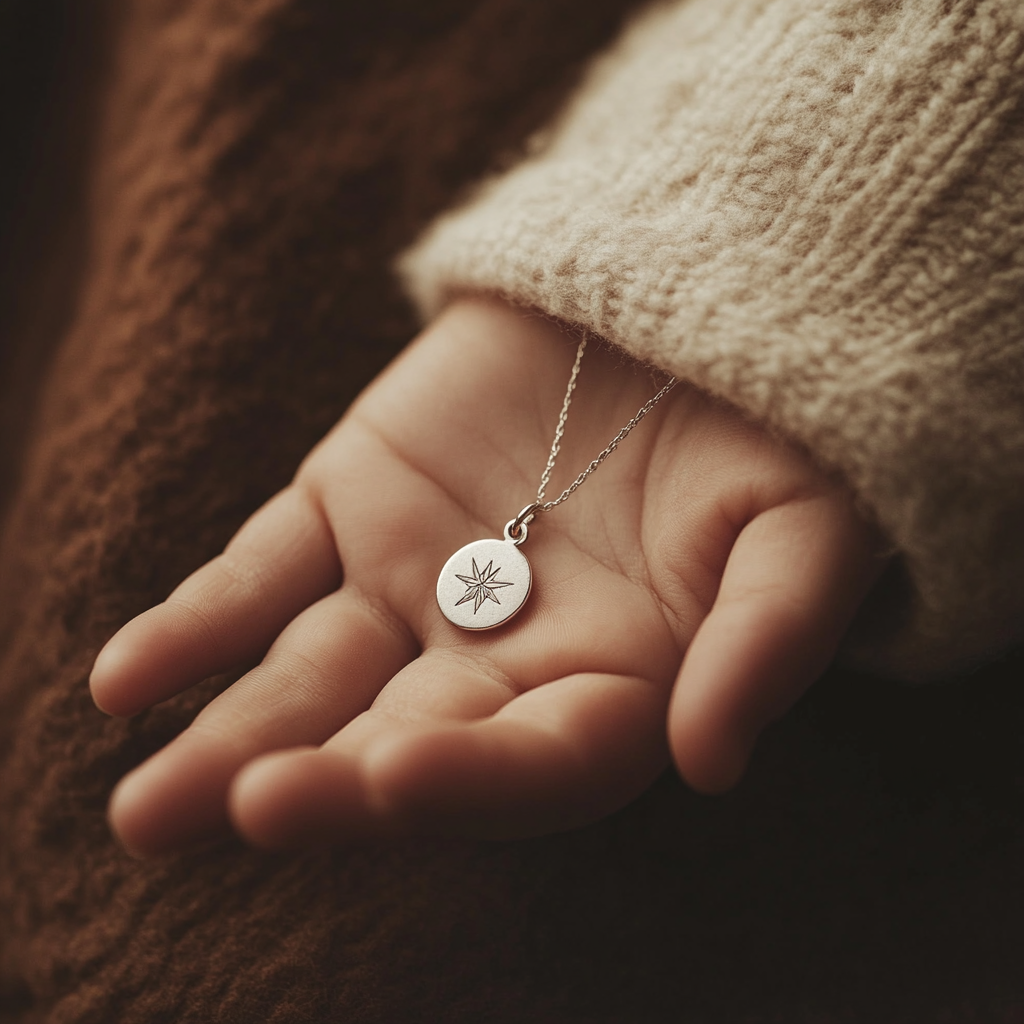
For illustration purposes only | Source: Midjourney
She patted the pendant proudly.
“It brings good luck. Mom says, ‘Wear it when you’re sad — Grandma will be right there with you.’”
I managed a weak smile.
I knew that pendant.

For illustration purposes only | Source: Midjourney
I had picked it out myself for Linda in a jewelry store 30 years ago. Linda had given it to Emily on her 18th birthday.
I remembered whispering back then:
“For our little star.”
I wanted to say something. Anything. But I just nodded.

For illustration purposes only | Source: Midjourney
“Do you have a granddaughter?” Sophie suddenly asked, looking straight into my eyes.
I swallowed hard.
“Maybe I do. Maybe I don’t. I don’t really know.”
“That’s sad,” she said thoughtfully. “How can someone not know about their own granddaughter?”
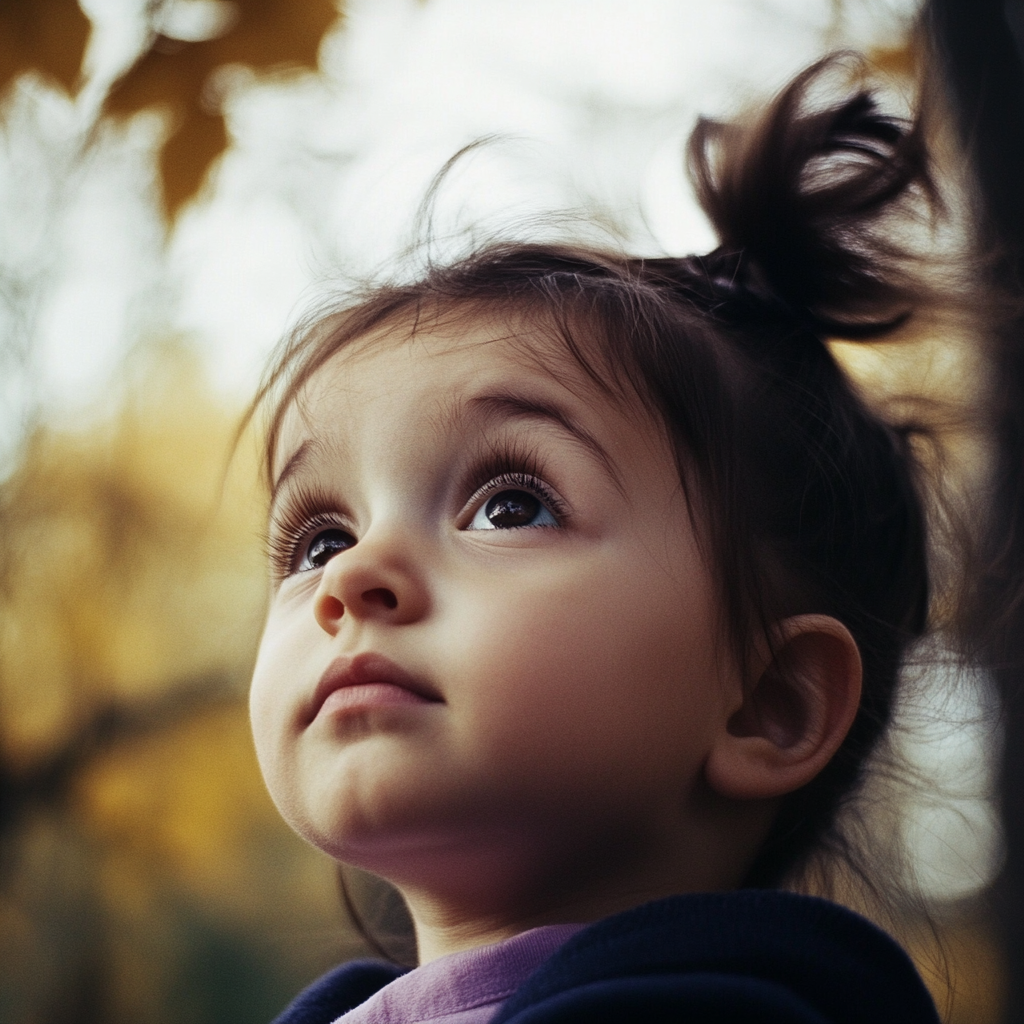
For illustration purposes only | Source: Midjourney
I shrugged, staring down at the faded sand under our feet.
“Sometimes people get lost. And sometimes… others lose them.”
Suddenly, Sophie grabbed my hand.
“My birthday’s coming up soon. I’ll be five! Will you come?”

For illustration purposes only | Source: Pexels
“If you invite me,” I smiled, “I’ll definitely be there.”
“I’ll make you a special invitation myself, okay?”
“Okay.”
“There’s going to be lots of balloons! And cake! But don’t bring me a present, please. I already asked Mom for a piano, but she said it’s too much. Cake’s enough.”

For illustration purposes only | Source: Pexels
“I’ll think about it. Maybe someone will show up with music anyway.”
Sophie laughed joyfully and ran back to her group.
I stayed sitting there on the bench. I didn’t know for sure. But my heart was already shouting — that was her. That was my granddaughter.
And if I was wrong, so be it. But if I was right…

For illustration purposes only | Source: Midjourney
***
The restaurant buzzed with music and laughter. Bright balloons floated against the ceiling, and a giant pink cake stood proudly on a long table surrounded by gifts.
I stood quietly near the entrance, holding a small box in my hand — a tiny piano charm on a silver chain, wrapped carefully, trembling slightly in my fingers.
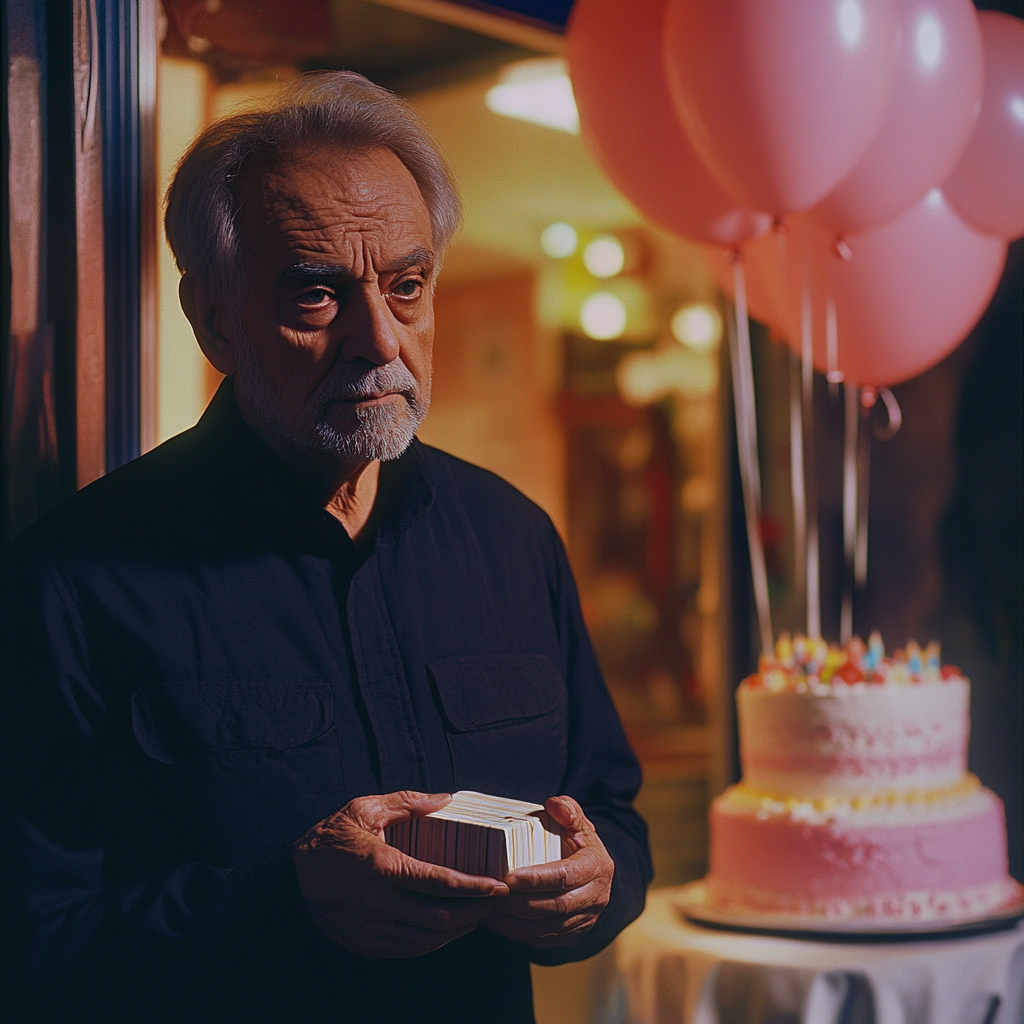
For illustration purposes only | Source: Midjourney
I had ironed my old white shirt until it nearly shone. My brown jacket, worn but clean, hung loose on my shoulders.
I wasn’t anyone special there. Just a man at the edge of someone else’s celebration.
Across the room, I saw Sophie. Her hair was tied up in two bouncy pigtails, her eyes lighting up when she spotted me.
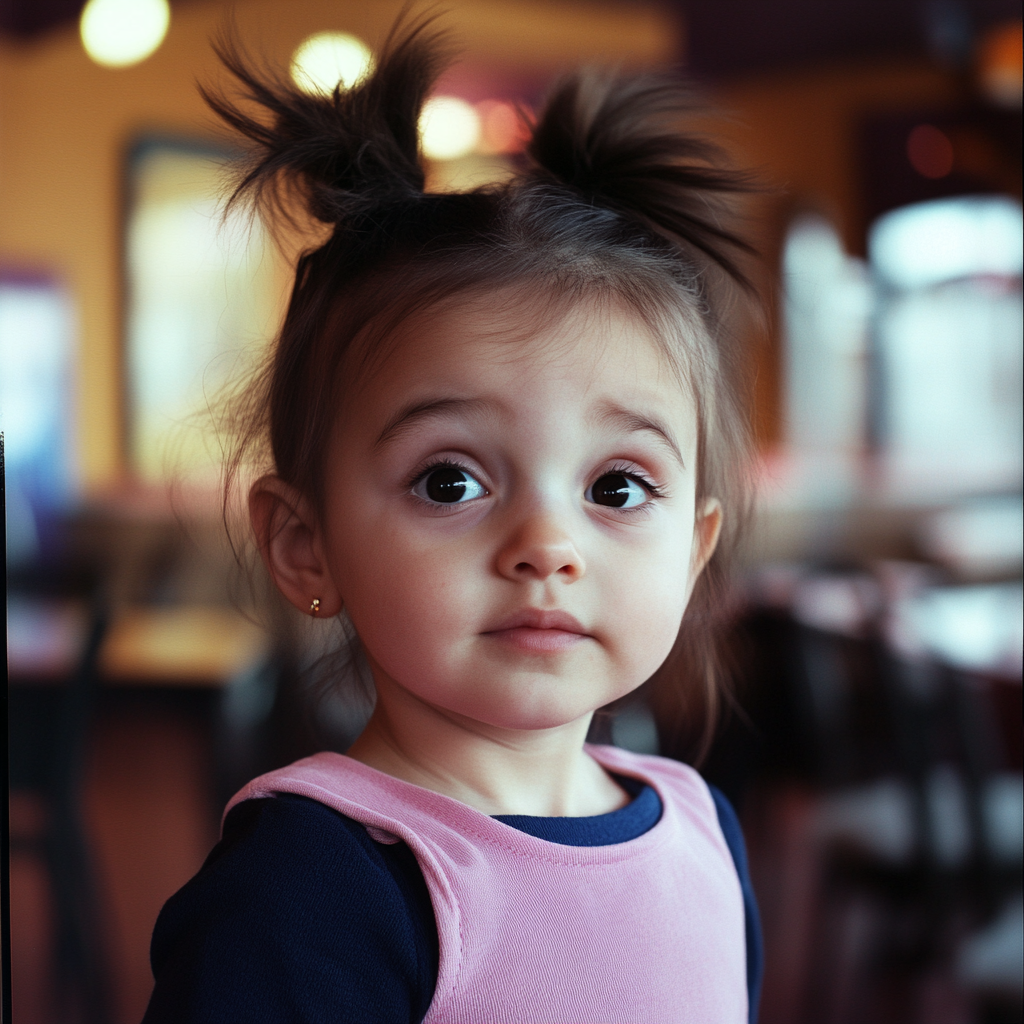
For illustration purposes only | Source: Midjourney
She began waving, her face beaming, but before she could get close, a hand clamped down on her shoulder.
Marianne. My daughter’s MIL. Tall, sharp-eyed, her pearl suit immaculate.
She bent low to Sophie, whispering harsh words into her ear, before steering her away, casting a glance at me. Recognition flickered across her face. Her mouth twisted into a tight smile, a hunter spotting a trapped prey.
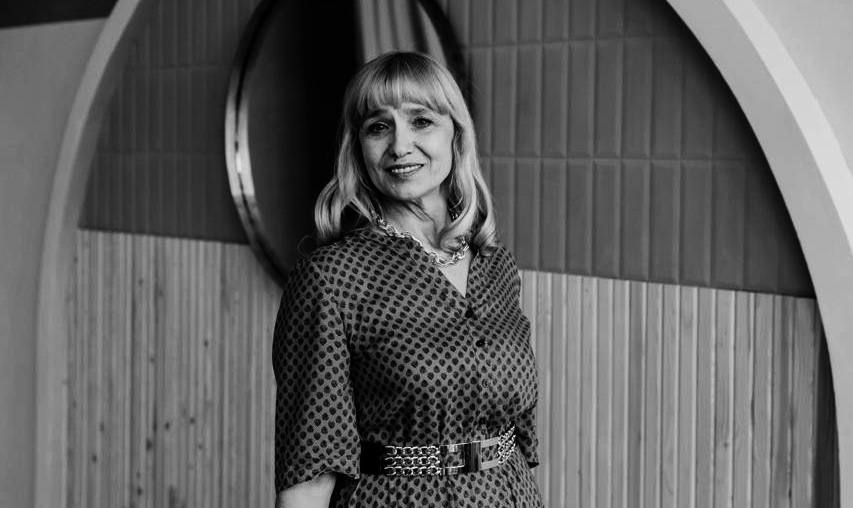
For illustration purposes only | Source: Pexels
“Well, look who crawled out from under a rock,” she said, just loud enough for others to hear.
“How touching. Thought you’d come begging, old man?”
I stiffened. “I’m here because Sophie invited me. Not for anything else.”
Marianne’s laugh was cruel.
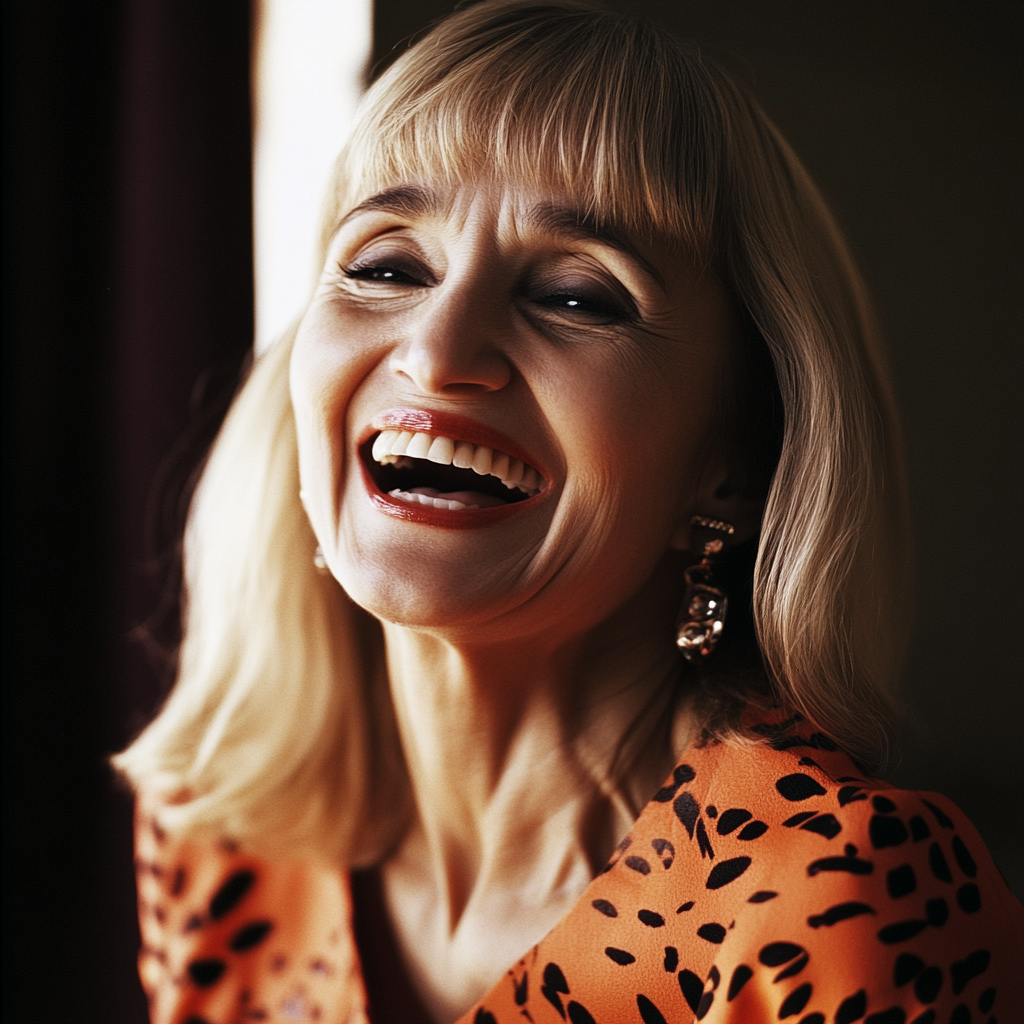
For illustration purposes only | Source: Midjourney
“Oh, of course. That’s why you disappeared for five years, right? Left poor Emily to grieve alone while you drank yourself into oblivion?”
I opened my mouth to protest, but the injustice caught in my throat. Behind Marianne, I saw Emily returning with a tray of cupcakes. She hadn’t seen us yet.

For illustration purposes only | Source: Pexels
Marianne leaned closer, her voice a hiss:
“You think you can just show up and they’ll welcome you with open arms? After everything?”
I shook my head.
“I never left. I wrote. I called. I sent letters. Every Christmas, every birthday…”

For illustration purposes only | Source: Midjourney
She laughed again, low and bitter.
“And what letters? What calls? Emily never got anything from you.”
From the corner of my eye, I saw Emily finally looking at us. Frowning. Approaching.
“You’re lying,” I said, louder this time.
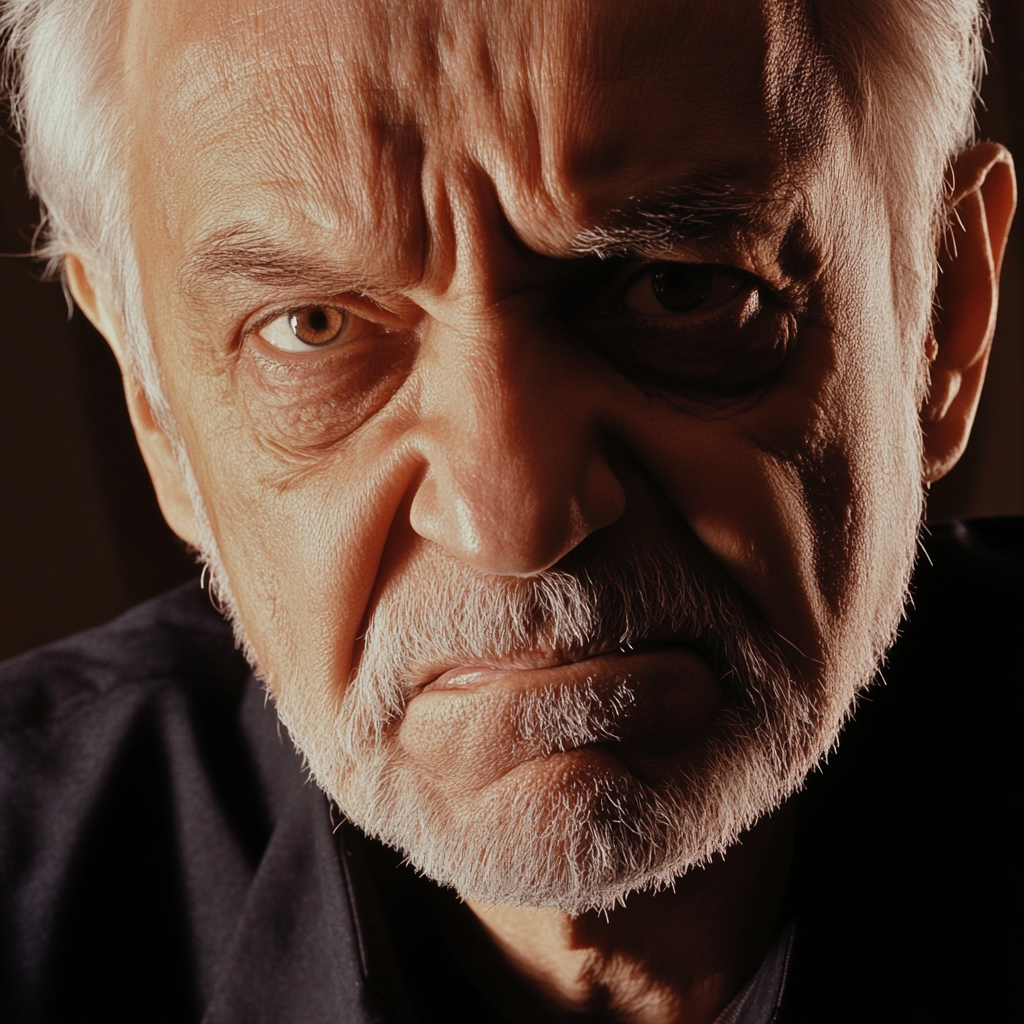
For illustration purposes only | Source: Midjourney
“Am I? Then where were all those precious letters?”
Emily was close now, close enough to hear.
“I sent you letters too!” she blurted out, her voice cracking. “I wrote… I wrote so many times… birthday cards, Christmas cards… You never answered!”
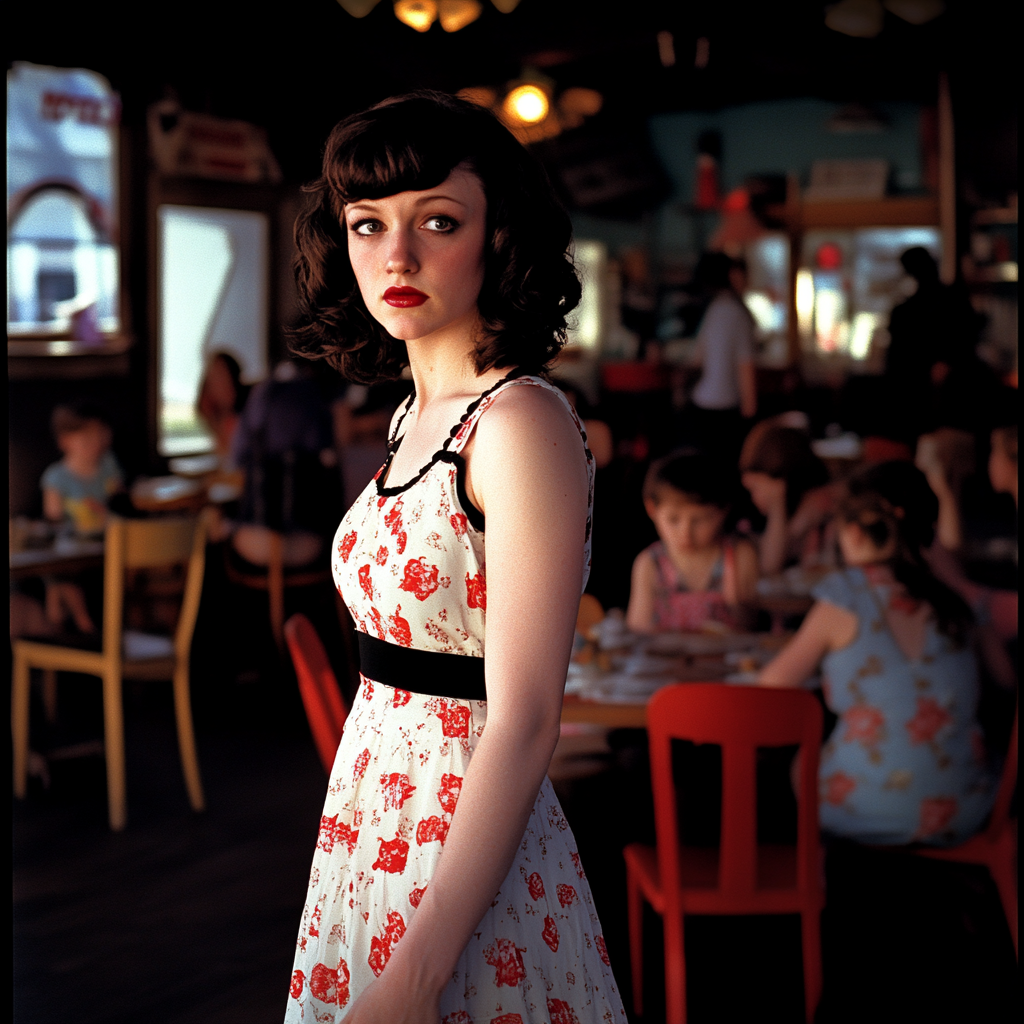
For illustration purposes only | Source: Midjourney
My heart lurched.
“I never got them. Not one.”
For a heartbeat, silence hung between us. Emily turned slowly to Marianne, horror dawning in her eyes.
“You said… You said he didn’t want anything to do with me. You told me he didn’t care.”
Read alsoMy Family Turned Against Me When I Became a Private Detective, but a Teen Girl’s Case Changed Everything — Story of the DayFebruary 06, 2025My Sister Named Her Son the Same as Mine! I Didn’t Understand Why Until Our Mother’s Will Was Read – Story of the DayApril 04, 2025My Husband Left Me for His Mistress When I Ended Up in a Wheelchair But I Refused to Let Him Take Our Daughter Too — Story of the DayMarch 31, 2025
Marianne’s face hardened.
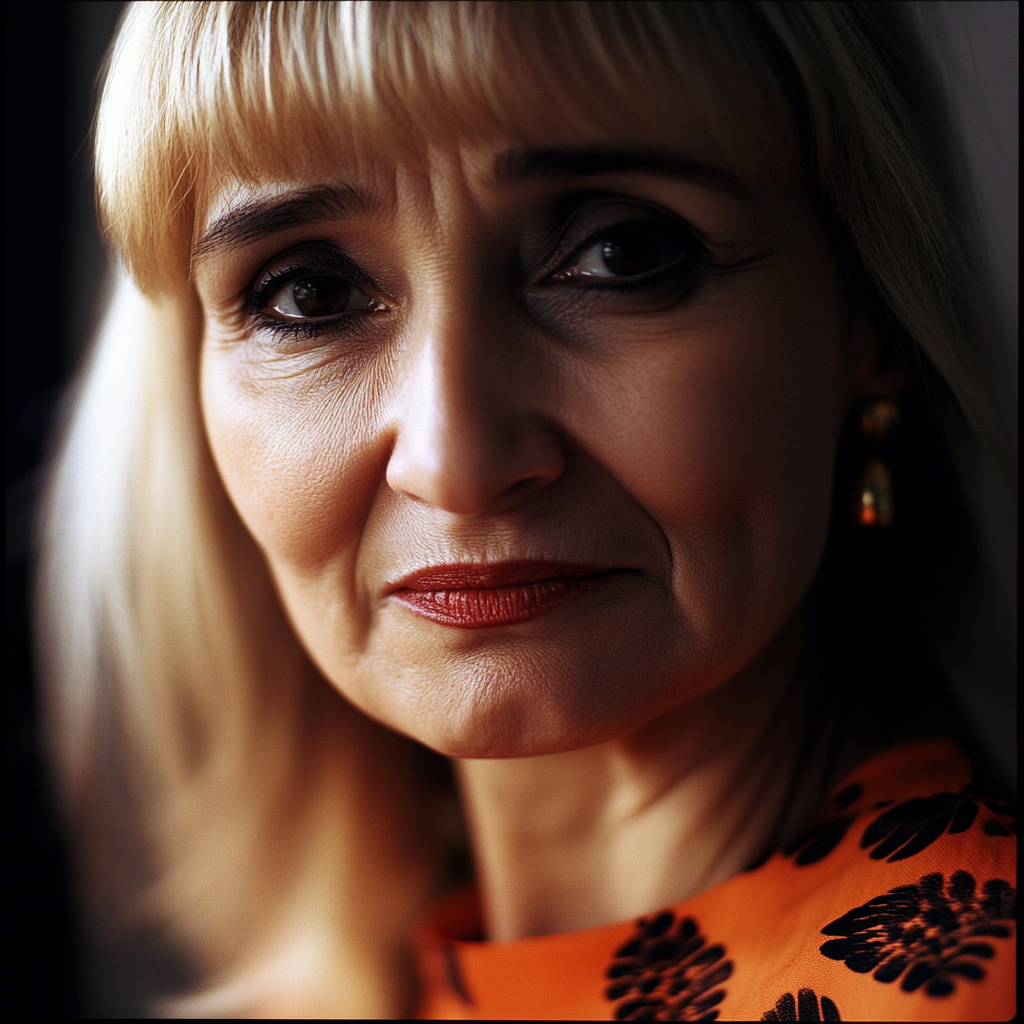
For illustration purposes only | Source: Midjourney
“I protected you. He’s a burden, Emily! Always was. I did what I had to do.”
“You stole my letters,” Emily said, her voice rising. “You lied to me! For years!”
A few guests were watching now, their smiles fading into uncomfortable glances.
“And you,” Emily turned on me, tears brimming. “You thought I didn’t care either.”
I nodded, throat too tight to speak.
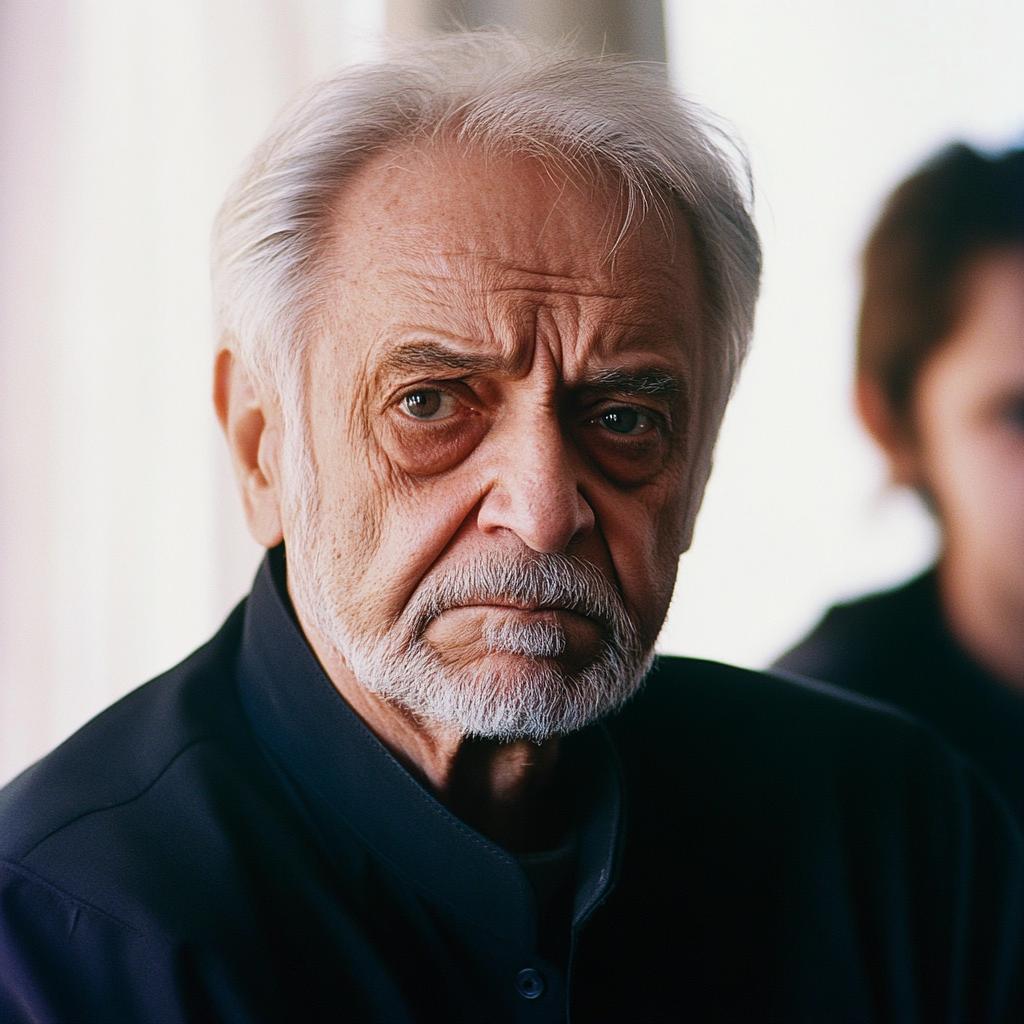
For illustration purposes only | Source: Midjourney
Suddenly, a delivery truck pulled up outside. Two men climbed out, wrestling a small upright piano onto the sidewalk.
“Delivery for Sophie!”
I looked down at my shoes.
“I don’t have much,” I said quietly. “Just my pension. But I saved for that. For her.”

For illustration purposes only | Source: Pexels
Emily covered her mouth with her hands, shaking her head.
“I thought you didn’t love me anymore.”
“I never stopped loving you. Not for a second.”
Tears streamed down her cheeks.
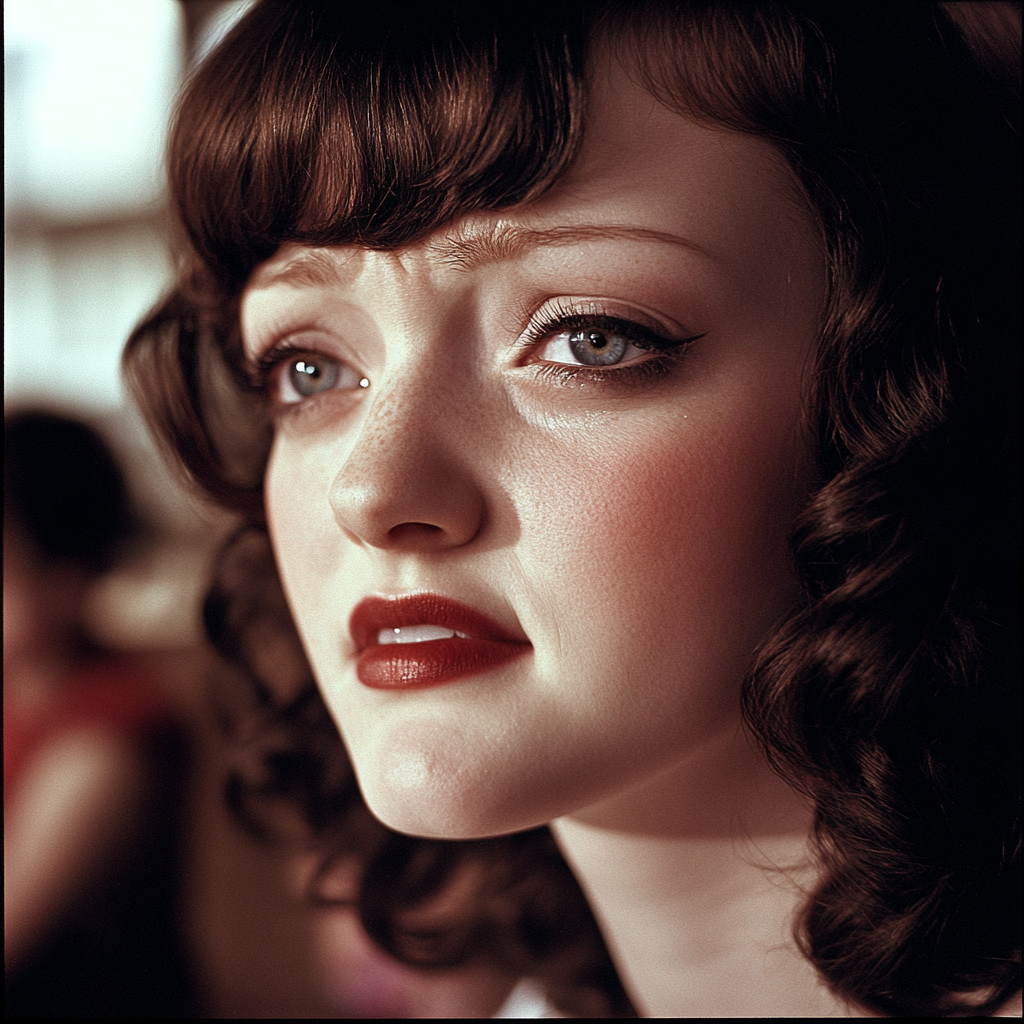
For illustration purposes only | Source: Midjourney
Without warning, Emily stumbled forward and threw her arms around me, squeezing tightly, as if afraid I might vanish.
“I’m so sorry. I’m so sorry, Dad.”
I held her back, my chest breaking open from years of silence and grief.
Meanwhile, Marianne stood frozen, pale and rigid, ignored by everyone around her.
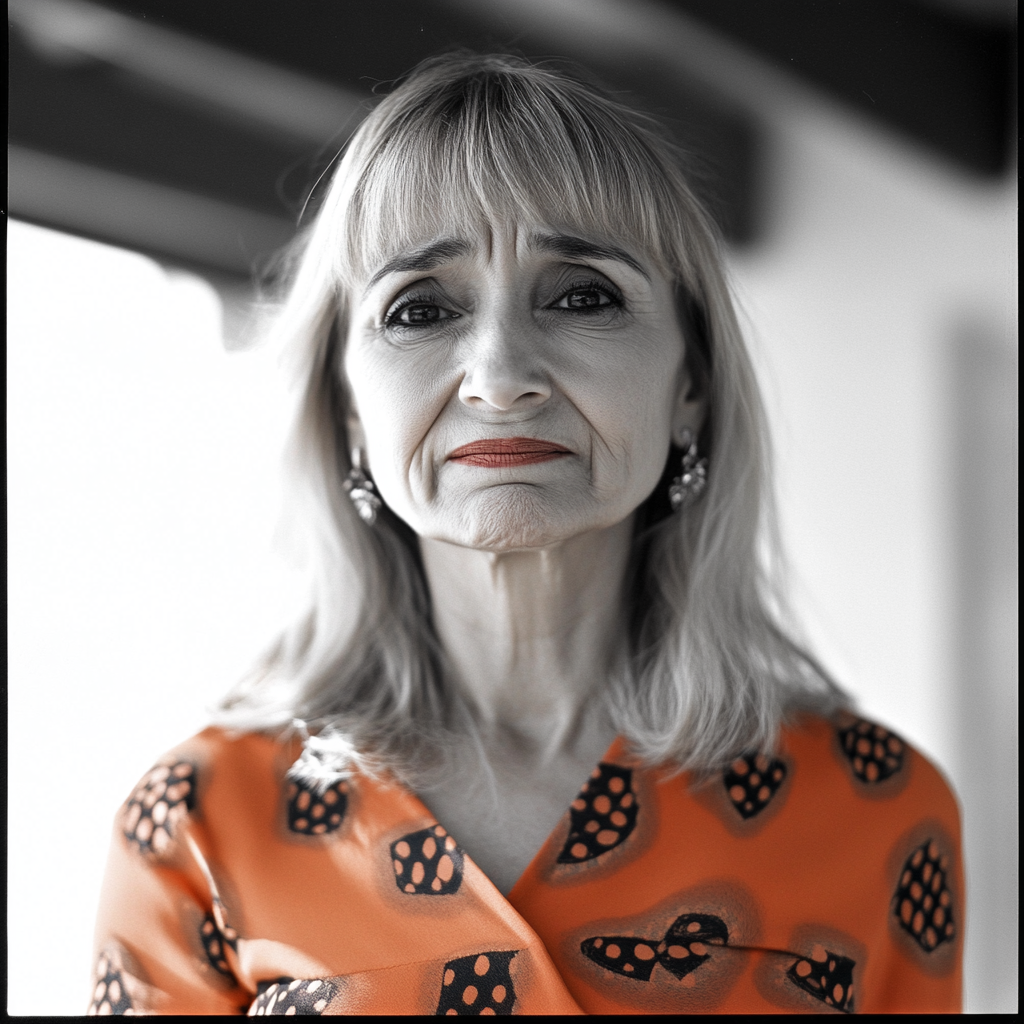
For illustration purposes only | Source: Midjourney
Sophie, clutching a balloon, peeked out from behind a chair.
“The storm ended?”
Emily wiped her eyes and knelt beside her.
“Sophie… This is your grandpa. The best man in the world.”
Sophie looked up at me, grinned, and said, loud and clear:
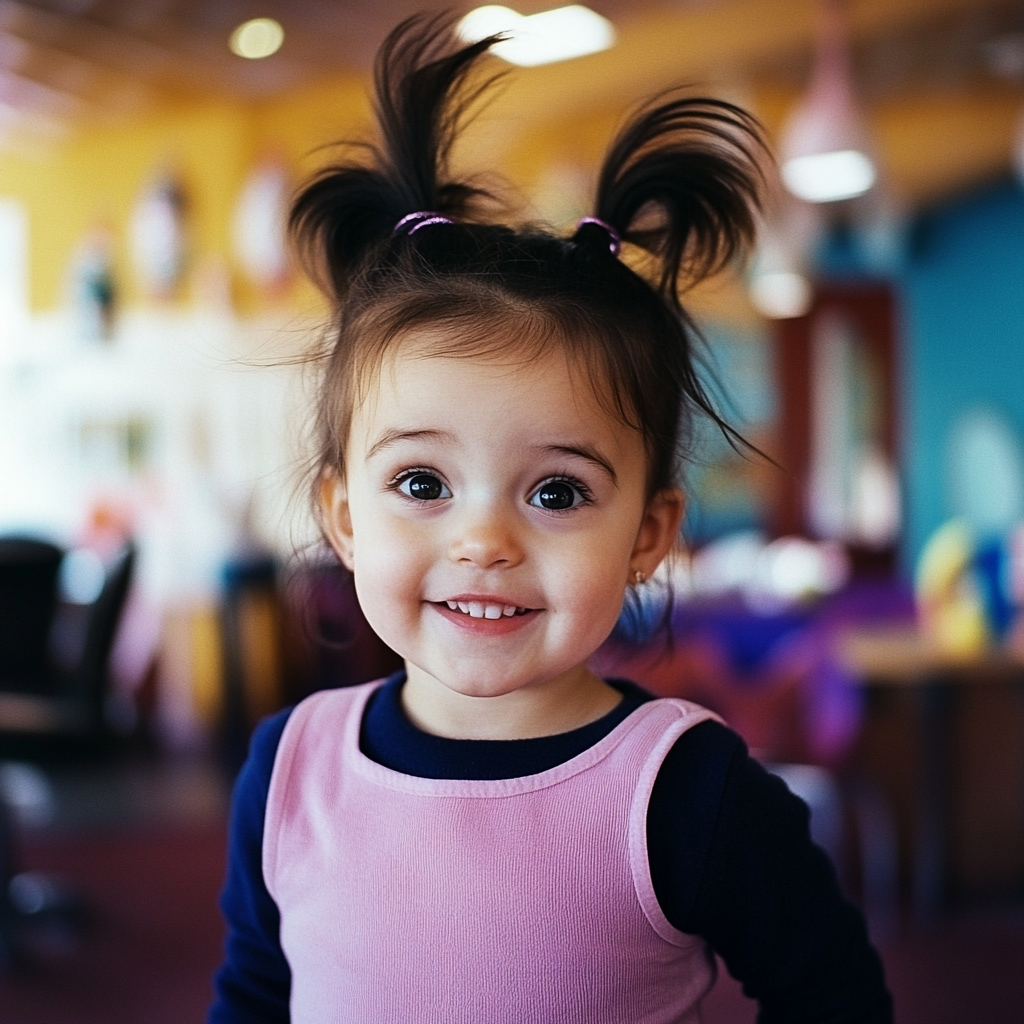
For illustration purposes only | Source: Midjourney
“So… you do have a granddaughter after all, huh? Now you really know.”
For a second, the whole world seemed to hold its breath. I laughed and dropped to my knees to pull her into my arms.
We had lost so many years. But standing there, holding Sophie in my arms, I knew — the best ones were still ahead.

For illustration purposes only | Source: Midjourney
Tell us what you think about this story, and share it with your friends. It might inspire them and brighten their day.

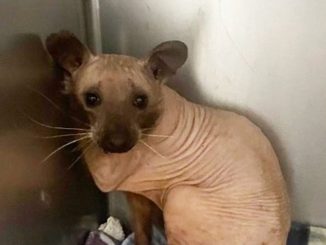
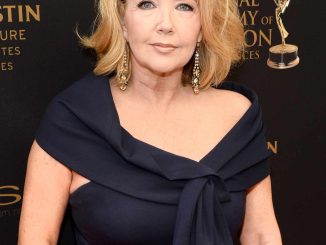
Leave a Reply